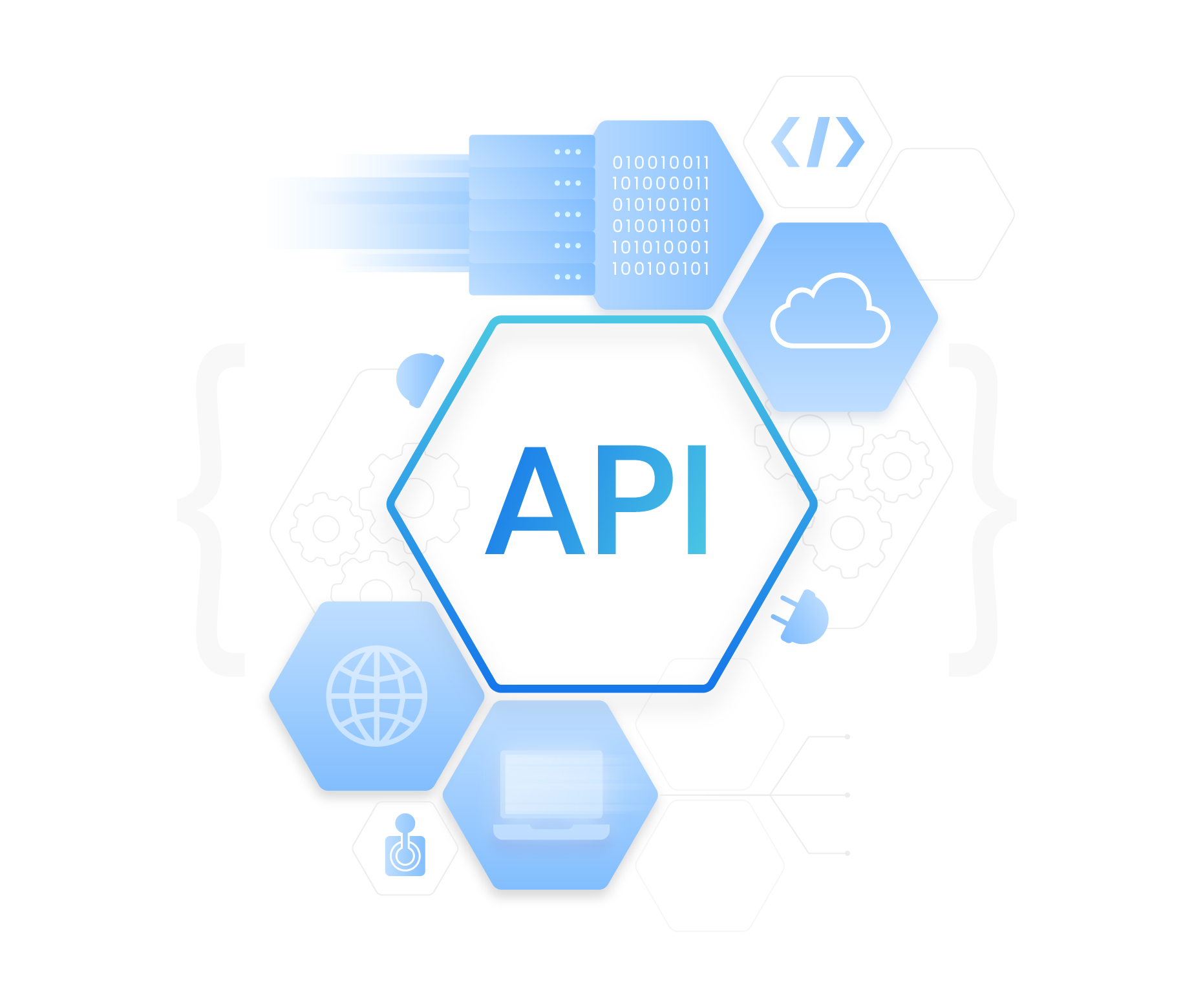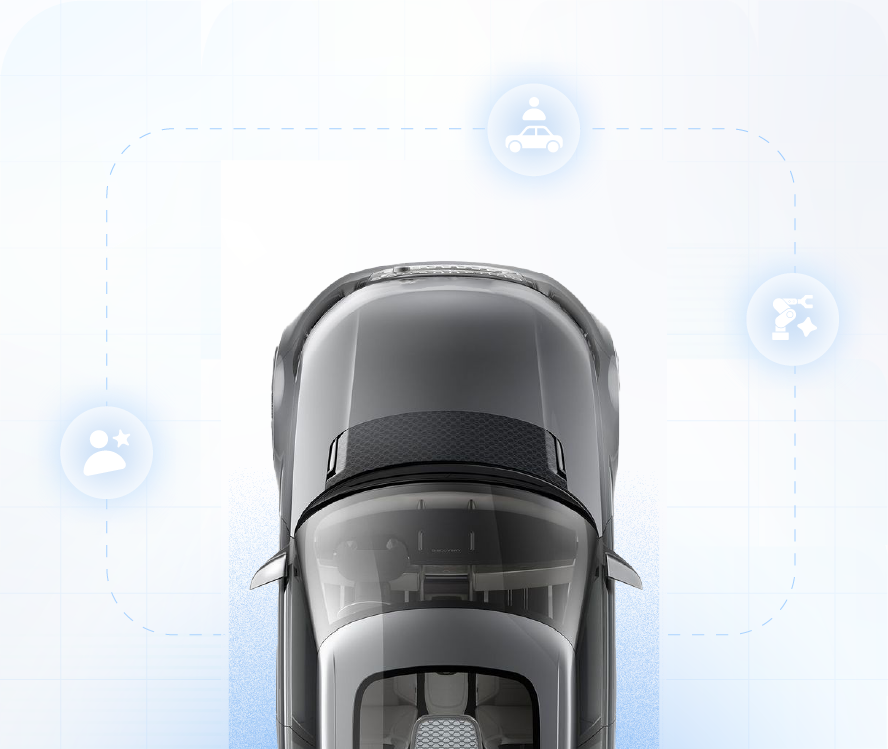Blog
Post-sale success: Driving customer engagement in vehicle finance
By Peter Minshall, on January 15, 2025
Discover how post-sales engagement with AI, personalized services, and omnichannel strategies can drive loyalty and growth in the vehicle finance industry.

Introduction: Redefining post-sales engagement
In the competitive vehicle finance industry, the journey doesn’t end with a sale; it begins there. Particularly for Original Equipment Manufacturers (OEMs) and captive finance companies, post-sales engagement is no longer only an operational necessity but a strategic differentiator and fundamental to the overall business model. Banks and Independents will feel the same issues and can take the lead from the Captives, maybe even use their agility to adapt quickly.
Post-sale engagement plays a crucial role in driving customer loyalty, satisfaction, and revenue growth. With evolving customer expectations, technological advancements, and shifting generational preferences, companies must continually rethink their post-sales strategies to stay ahead.
What is post-sales engagement?
Post-sales engagement means the ongoing relationship between a business and its customers after the initial sale. When it comes to the vehicle finance industry, it covers every interaction that occurs after a purchase or initiation of a lease agreement. It includes:
- After-market services like warranties and maintenance plans.
- Customer support for queries or payment management.
- Upselling and cross-selling to enhance value for customers while increasing revenue.
- Proactive management of either end-of-term options or (even more effective) of the vehicle trade-cycle itself
- Predictive assistance that leverages AI to anticipate customer needs.
Contrary to one-time transactions, post-sales engagement creates a continuous and valuable relationship throughout the lease lifecycle or ownership. This engagement model also resonates with business models that earn material revenue and reputation over a longer time period than a singular sales event.
Importance of post-sales engagement
Effective post-sales engagement offers significant benefits to OEMs (Original Equipment Manufacturers) and their captive finance companies in particular:
- Builds customer loyalty
There are more chances for a customer to remain with a brand that offers consistent and valuable engagement. For an OEM with a captive finance company, there are significantly more points of engagement and interaction with a customer post-sale than without a captive.
- Enhances satisfaction
Offering effective communication and personalized solutions leads to better customer experiences.
- Maximizes lifetime value
Engaged customers will return for renewals, upgrades, or additional services.
Key objectives
- Retention
One of the main objectives of post-sales engagement is retention. Retention here refers to maintaining a strong customer base by meeting and exceeding expectations.
Companies that emphasize customer retention see up to a 25-90% increase in profits. For the OEM and Captive, this represents a return to the brand for a second (or more) vehicle purchase, a return to the captive financier, and the possibility of profits on the Used vehicle returned, in the case of leasing.
- Brand advocacy
With post-sales engagements, businesses turn satisfied customers into brand ambassadors who recommend the company to others.
- Increased revenue
It also helps to leverage upselling and cross-selling opportunities to increase profitability.
Traditional vs. modern customer expectations
Generational shifts, technological advancements, and an increasing preference for convenience have greatly impacted modern automotive customer expectations.
Traditional expectations
- Assistance is provided mainly when the issue arises.
- Engagement mainly during purchase or service visits.
- Preference for in-person services or face-to-face interactions.
Modern expectations
- Customers today expect businesses to anticipate their needs and offer solutions even before the issues occur.
- Preference for continuous interaction and regular communication via different channels.
- Self-service options. Today’s customers choose to resolve issues independently using digital tools.
60% of customers now prefer self-service portals for payment management, vehicle return processes or service scheduling, and even incident or claim management in the case of insurance or warranty. This shift reduces dependency on call centers and enhances convenience.
Generational insights
Understanding the preferences and behaviors of buyers belonging to different age groups is crucial to designing effective customer engagement strategies in the automotive sector. Today’s car buyers span multiple generations, each with unique expectations shaped by their experiences and interaction with technology. According to a study by Experian conducted in May 2024, Gen X accounted for 31.6% of new vehicle sales, compared to 28.3% for Boomers and 27.5% for Millennials.
Millennials are increasingly representing a significant portion of the market, demanding customized strategies for post-sales engagement. Technology integrations are even more crucial, with the digital native Gen Z also entering the car-buying market. Meanwhile, generations preceding Millennials, such as Gen X and Baby Boomers, also constitute a significant segment. Gen X favors a hybrid experience and shows increasing openness to embracing new technologies. This makes them more receptive to modern, AI-driven solutions than ever before, while Boomers are more inclined to rely on traditional methods touchpoints.
A report by Fluent Support highlights that both Millennial and Gen Z generations expect quick solutions. They have grown up with technology, which has influenced their service expectations.
The four pillars of post-sales engagement
1. Aftermarket services
Core elements of aftermarket services are:
- Warranties, insurance claims, and maintenance packages.
- Subscription-based services like monthly maintenance plans or tire replacements.
Modern enhancements of aftermarket services include:
- Automated service reminders and predictive maintenance alerts.
- AI-driven diagnostics for quicker issue resolution.
- User-managed claim and assessment processes.
Example
For instance, a connected app notifying customers of pending service dates has been shown to increase customer retention rates by 15%.
The use of modern technologies in aftermarket services offers the following benefits:
- Improves customer convenience and satisfaction.
- Generates additional revenue streams through service subscriptions.
2. Customer Services
Customer Service improves customer experience by:
- Proactive communication (e.g., reminders for payments or lease renewals).
- Multichannel support through chatbots, email, or call centers.
- Consistency across touchpoints ensures a frustration-free experience.
Customer Service brings the following value:
- Enhances customer satisfaction by providing timely and efficient support.
- Reduces operational costs through automation.
3. Upselling and cross-selling
Upselling and cross-selling enhances revenue growth by:
- Promoting extended warranties, vehicle upgrades, and accessories.
- Offering connected services like navigation or entertainment subscriptions.
Today, this engagement is data-driven. AI analyzes usage patterns to recommend relevant products.
It brings the following benefits:
- Increases average revenue per customer.
- Strengthens customer relationships by addressing specific needs and preferences.
According to a report by McKinsey, cross-selling techniques enhance sales by 20% and profits by 30%.
4. Predictive assistance tools
These tools employ AI and machine learning to analyze customer and vehicle data and send:
- Predictive maintenance alerts that reduce breakdown risks.
- Early lease-end notifications to encourage timely renewals or upgrades.
- Recommendations for refinancing, insurance, or additional services tailored to customer needs.
Predictive assistance brings the following advantages:
- Enhances customer convenience by addressing needs before they become issues (enhancing the personalization of customer service significantly).
- Improves operational efficiency through targeted service offerings – removing redundant offers and focusing both the Finance company and customer on the most relevant offers.
Challenges and gaps in traditional post-sales engagement
1. Fragmented data
Customer information is often siloed across different departments, and this leads to inconsistent experiences. Fragmented data leads to the ability to offer personalized services due to the lack of a unified customer view.
2. Limited proactivity
Companies react to issues rather than proactively addressing customer needs. This results in missing engagement or loyalty-building during quiet periods of the ownership lifecycle.
3. Missed opportunities
Inefficient use of customer data results in a failure to identify potential upselling or cross-selling opportunities. For example, customers nearing the end of a lease may not receive timely offers for renewal or upgrades, leading them to explore competitor options. This leads to a loss of revenue and weakened customer retention rates.
4. Complex aftermarket services
Customers often find warranty claims, insurance processes, or maintenance schedules to be complicated and unclear. Issues like delays in warranty approvals or service appointments can frustrate customers and thus reduce satisfaction. This leads to potential loss of future business and decreased loyalty.
5. Siloed systems
Disconnected systems for contract lifecycle management may prevent seamless integration, leading to manual work, delays, and missed opportunities. For instance, a customer service agent might not have access to a customer’s previous service history, which can cause issues in query resolution. This can lead to disconnected experiences, resulting in customers losing trust.
6. Lack of technology adoption
Failure to adopt AI-driven digital transformation, automation, and predictive analytics limits the scalability and efficiency of engagement efforts. Reliance on legacy systems and manual processes causes unnecessary redundancies, delays, and inaccuracies that frustrate customers, leading to a competitive disadvantage in the tech-driven market.
How to overcome challenges
1. Utilization of AI for customer engagement processes
- Personalization at scale
AI leverages customer behavior and preferences to create tailored offers and communications. It is one of the top trends for financial institutions in the coming years. For instance, an AI-driven platform can recommend personalized maintenance packages according to vehicle usage patterns.
- Predictive analytics
AI can analyze data to identify upcoming needs, such as lease renewals or maintenance schedules. For example, it can enable automated alerts for tire replacements based on mileage and driving conditions.
- Automation of repetitive tasks
AI-powered chatbots and self-service portals handle repetitive queries and service scheduling, reducing human intervention. This not only leads to operational efficiency but also offers cost savings while improving the customer experience through quick query resolution 24/7.
The use today of Agentic AI systems which can act autonomously and make decisions with limited human supervision. These systems can adapt to changing circumstances and inputs to achieve specific goals. They can perform a wide range of tasks, from routine processes to complex projects, and can work together in collaborative environments. This expands a Finance Company’s capabilities into far more complex Customer Service topics than have been imagined to date.
2. Engagement across touchpoints
- Integrated systems
Unified platforms ensure data flows seamlessly between departments, creating consistent customer experiences. For instance, NETSOL’s Transcend Platform enables OEMs and captives to manage digital retailing, finance and lease originations, contracts, customer queries, and payment data through a unified platform, delivering streamlined operations, enhanced customer satisfaction, and increased efficiency across the post-sales lifecycle.
- Omnichannel communication
Maintaining consistent engagement through digital and physical touchpoints such as dealerships, customer service agents, and self-service tools. For instance, sending lease renewal offers via email while making the same information accessible through a mobile app. Companies that have omnichannel customer engagement strategies in place retain 89% of their customers.
- Servitization approach
Bundling products and services with the servitization approach into long-term packages to increase customer value, such as offering a subscription plan that includes maintenance, tire replacement, and insurance as part of the contract.
- Proactive engagement
Reaching out to customers with timely and relevant information, such as early-bird discounts for service appointments. For instance, a text notification reminding customers of their next service, complete with an option to schedule online.
Business impacts and recommendations
Key trends to watch
- Increasing use of subscription-based models in vehicle financing.
- The rise of connected vehicles and IoT for real-time diagnostics.
- AI-driven tools for personalization and proactive post-sales engagement
Recommendations for leadership
- Invest in AI-driven transformations to deliver proactive solutions.
- Develop cross-functional teams to eliminate data silos.
- Create KPIs to measure engagement success, such as Net Promoter Score or customer lifetime value.
Conclusion: Post-sales engagement as a differentiator
To excel in the modern vehicle finance landscape, post-sales engagement must address the evolving expectations of millennial and Gen Z customers. By leveraging AI, integrated platforms, and proactive strategies, OEMs and captives can create a seamless, customer-first approach.
With NETSOL’s Transcend Platform, you can embrace a customer-first approach that meets modern expectations, leverages AI-driven personalization, and redefines post-sales customer relationship management. Get in touch with our experts to discover the full potential of your post-sales strategy with innovative asset finance solutions tailored to drive engagement and loyalty.
Related blogs

Blog
Future-proofing financial operations: Why API integration is key to scaling vendor partnerships

Blog
The future of wholesale finance: Why mobile technology is transforming OEM-dealer relationships

Blog



